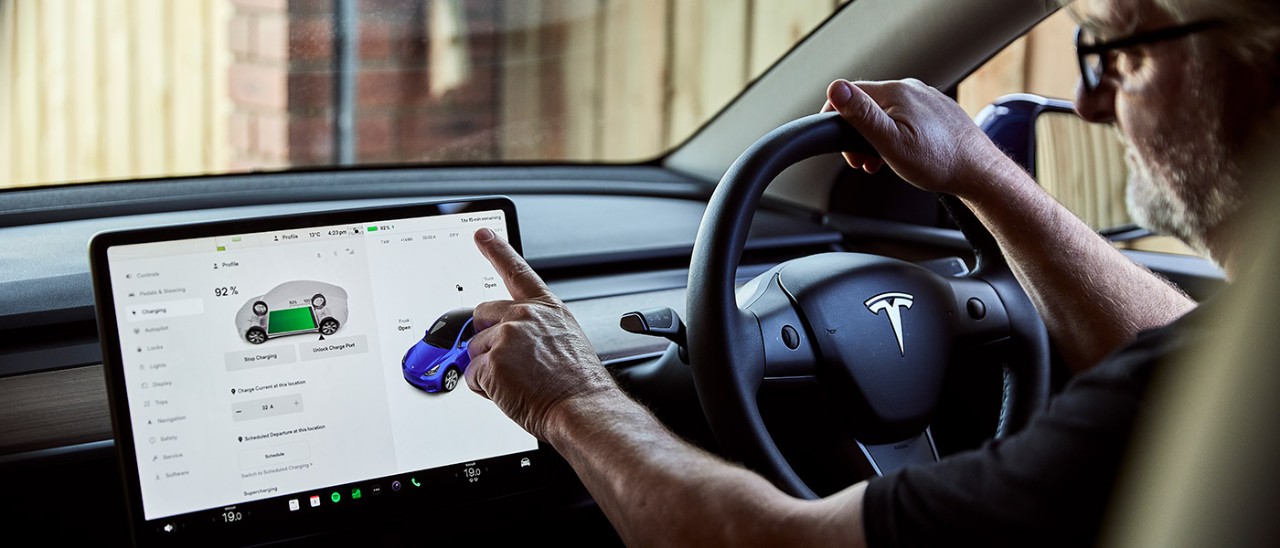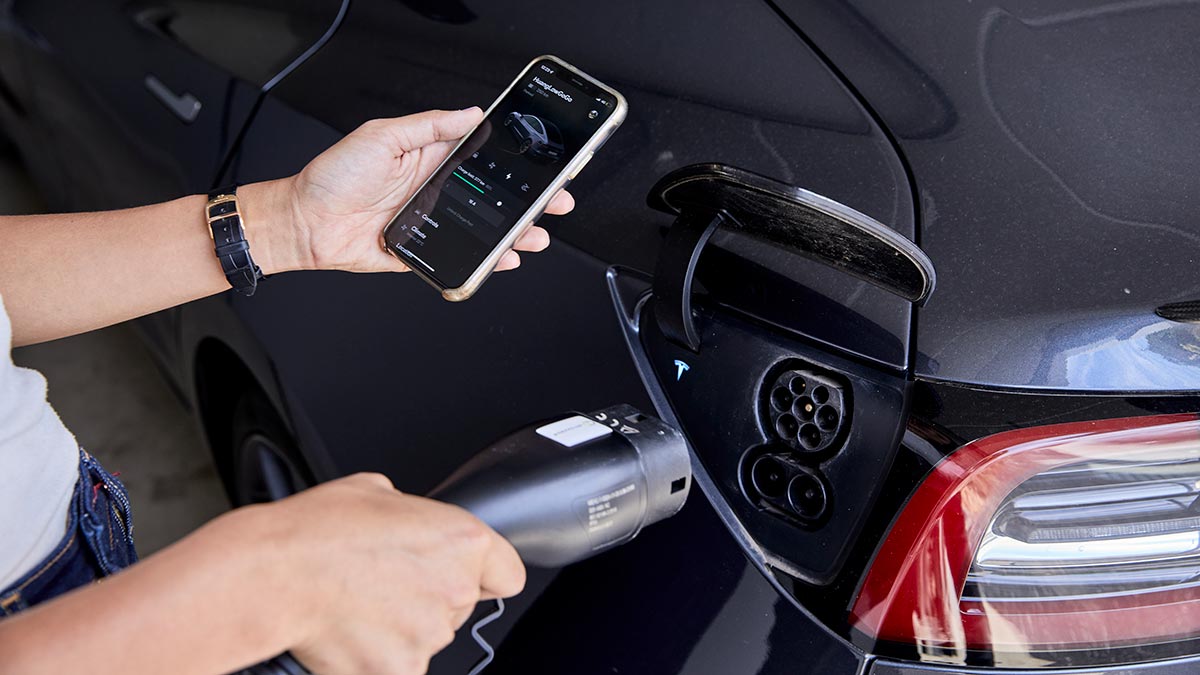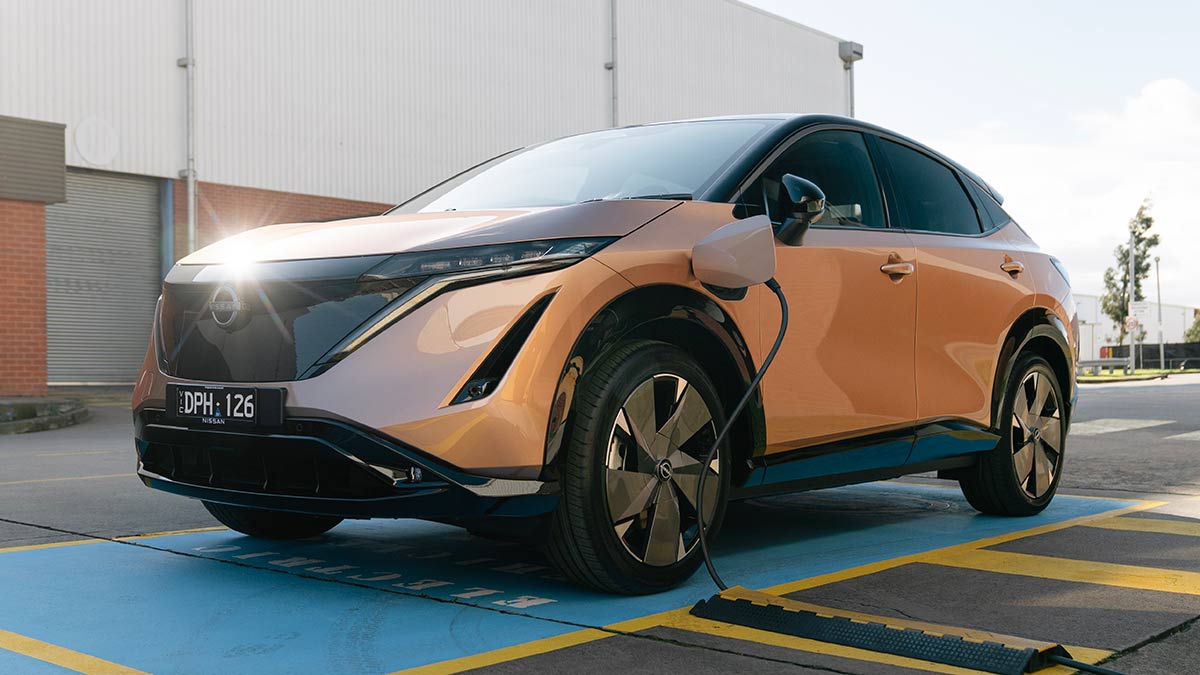You can now buy an EV for $25,000 and there’s a wide range of electric cars and SUVs for less than $45K from BYD, MG, GWM, Chery and other brands. Here are the cheapest EVs to buy in Australia right now.
How long do electric car batteries and motors last?

Do electric vehicles last as long as petrol or diesel cars? This guide explores how long EV batteries and motors are intended to last - and how you can help extend their lifespan.
Electric cars are becoming more common on our roads as new and more affordable models arrive and Australians get a better understanding of what’s involved with EV ownership, including how to keep them charged at home and when travelling longer distances.
But even as electric vehicle owners get to grips with immediate and short-term matters such as purchasing, driving, charging and servicing, many people still have one big question: How long will my EV battery and motor last?
Like any vehicle, the answer depends on how it’s used and how well it’s maintained. However, there are issues that specifically relate to electric cars, especially concerning the high-voltage battery, which will impact on how long you can expect the EV to last.
More: Search and compare electric cars, SUVs, utes and vans on sale in Australia
In this article

Tesla EV battery modules are said to be designed to last up to 804,000km.
How long do electric car batteries last?
Battery lifespan is one of the biggest factors in determining how long an EV will last. The batteries used in electric cars all lose capacity over time, which is normal as the power pack goes through charge and discharge cycles. The net effect is that the vehicle’s driving range will reduce as the battery loses capacity.
This degradation occurs relatively slowly in most new EVs on sale today and, in the years ahead, should improve with advancements in cell chemistry and battery management systems. Helping build confidence, all new electric cars sold in Australia include a warranty specific to the EV battery, and while this varies between manufacturers it’s often an eight-year/160,000km period (whichever comes first).
It is also common for carmakers, such as Tesla, Kia and BYD, to guarantee that their EV batteries will retain a certain percentage of their original capacity – usually around 70 per cent – over the warranty period. At this point, the EV will have a shorter range than when it was new (about 30 per cent less), but it should still be fully functional and capable of driving.
The subjective term ‘useful life’ is widely used with EV batteries, which is the period during which it functions effectively for its intended purpose – that is, providing a long enough range for your needs.
There are lots of variables at play here, including the vehicle in question and owner usage patterns, but your EV might not reach a 70 per cent battery ‘state of health’ (SOH) threshold until many years after the warranty expires. Some research suggests EV battery degradation is less than two per cent a year on average.
One comprehensive study of more than 7000 EVs in Europe found that most batteries retained more than 80 per cent of their original capacity after 200,000km. In Australia, data from auction house Pickles’ EV Battery Assurance Program has found that EVs with 80,000-120,000km on the odometer have a 91% SOH on average. Those with more than 120,000km average 83% SOH.
According to Australia’s Electric Vehicle Council, EVs are expected to have an average lifespan of about 15 years or the equivalent in terms of total kilometres driven, such as 180,000-200,000km based on a broad estimate of 12,000-13,500km per annum. That works out to an average daily driving distance of about 33km-37 km/day.
That compares well to the average age of all registered motor vehicles in Australia, which in 2024 was at 11.4 years from a sea of 21.74 million cars on our roads. The average daily driving distance in Australia is about 33km-37 km/day in urban areas and 41+ km/day in rural areas.
More: EV battery guide: types, capacity, charge levels and safety

Nissan Australia has attached several exclusions to the lithium-ion battery warranty for its new Ariya EV.
Can EV batteries be replaced?
Yes, EV batteries can be replaced or repaired once they’re out of warranty and are no longer performing well. This is the most expensive component of the electric car so replacement costs – whether it’s the entire battery pack or individual modules – might be prohibitive, depending on the vehicle make, model, battery size and other factors.
The car manufacturer and/or their local representatives should be a good starting point for assessing the EV battery and providing a quote for its reconditioning or replacement. This could range from a few thousand dollars to well over $10,000, but it can at least provide a benchmark from which to consider alternatives, such as independent specialist firms offering to repair the battery or replace it with a remanufactured one.
The decision could come down to the costs involved versus the EV’s overall condition, keeping in mind its age and the kilometres travelled to date.
Even when EV batteries reach the end of their useful life in a car, they can be repurposed for stationary batteries or recycled to create other products – including new EV batteries.
More: Recycling EV and home energy storage batteries
How long will the electric motor and other components last?
An EV powertrain has less components and fewer moving parts compared with a traditional internal combustion engine (ICE), which tends to allow for longer routine servicing intervals and, in the long run, could see the electric motor and drivetrain maintain excellent condition compared to the rest of the car.
Less mechanical wear bodes well for the electric motor and other major components, including the brakes which stand to benefit from the use of regenerative braking. The drive motor and drive motor controller often have the same warranty period as the high-voltage battery, but it always pays to carefully read the fine print of an EV manufacturer’s warranty terms and conditions.
Other key components such as the suspension and multimedia system might be subject to reduced warranty periods, as seen with earlier BYD models, while strict conditions may also surround the EV battery. On the new Nissan Ariya, for example, the carmaker will not cover damage or failures if you leave the EV for over 14 days where the battery reaches a zero (or near zero) state of charge.
As with any car, general components such as the suspension may need replacement over time as a result of normal vehicle operation and it will often be left to the EV owner to decide whether to extend the life of the car.
EVs are typically heavier than petrol or diesel cars due to their traction battery, which could mean tyres wear faster, but this should not impact on the electric vehicle’s lifespan if the recommended servicing and maintenance routine is followed.
A recent study in the UK of almost 300 million Ministry of Transport (MOT) test records from 2005-2022 evaluated vehicle longevity across different engine types and found that EVs have a lifespan of 18.4 years – similar to a petrol-engine car (18.7) and surpassing the lifespan of a diesel (16.8). They also found EVs can travel up to 124,200 miles (199,880km) during their lifespan, surpassing traditional petrol cars in mileage (116,000miles/186,680km).
The researchers concluded that although early EVs were less reliable than ICE, rapid advances in technology have enabled newer electric cars to achieve comparable lifespans, even under more intensive use.
More: Car servicing costs and differences: EV vs petrol vs diesel
How to keep your EV battery in good condition
Battery health is critical to an EV achieving a lifespan that’s as good as, if not better than, petrol and diesel cars. Affordable battery replacements may also become a defining factor for how long an electric vehicle will last, but for now EV owners can aim to extend the life of their car by following recommended charging and driving habits, among other practices. These include:
- Favour slower AC charging – using a home or workplace EV charger with an AC single-phase or three-phase power supply for everyday use should be gentler on the battery over the long term than relying solely on ultra-fast DC chargers.
- Keep the battery between 20-80% charge – try not to let your EV battery become fully depleted and avoid regularly charging it to 100%. Fully charging for occasional long trips is generally fine but only topping up to about 80% on a daily basis should help the battery’s long-term health.
- Use scheduled charging – some EV home chargers and apps allow you to program charging so it finishes just before you’re ready to drive, which avoids leaving the battery on charge for longer periods.
- Drive moderately – smooth, gentle acceleration and regenerative braking should reduce the temperature and stress on the battery, e-motor and other components.
- Follow the manufacturer’s servicing schedule – this will help ensure the car is kept in optimal running condition and can expose any issues early.
- Keep software up-to-date – over-the-air (OTA) software updates released by the manufacturer can optimise charging, thermal management, battery health and other issues relating to the car.
- Avoid extreme temperatures – excessive temperatures can accelerate EV battery degradation, despite most cars using thermal management systems. On extremely hot days, park the car in the shade or a garage if possible.
- Store the car at a moderate charge level – if leaving the car parked for a few weeks or longer, aim to keep the battery around 50-70% state of charge, rather than full or nearly depleted.
With proper care, most new EVs should be able to last just as long as an equivalent petrol or diesel car, making it a viable option for Australian motorists.
RACV guides to help with buying an electric car
- Australia’s best electric cars and SUVs
- The cheapest electric cars in Australia
- What to know about buying a used electric car
- How to install an electric car home charger
R.A.C.V Finance Limited ABN 82 004 292 291 Australian Credit Licence No. 391488. RACV Finance is subject to RACV lending criteria. Conditions, fees and charges apply.


